Loudoun County just can't stop approving new data centers, even though it has no way to power them. Now Loudoun's data center addiction is impacting people in other states... people who will have their property taken using eminent domain so that Loudoun can have more electricity for its data centers. Loudoun County is not going to stop building data centers until its voters MAKE them stop building data centers. That would happen in a hot minute if Loudoun County's SACRED COWS were impacted by the data centers.
This is the Sacred Cow Zone. A look at an electric infrastructure map shows a pristine donut hole surrounded by high voltage transmission lines, substations, and generators on all sides. But there's nothing in the Sacred Cow Zone!
If you want to nauseate yourself a bit you could read the fakeass "report" the Sacred Cows threw together to plead their case that they are much, much too sacred to be impacted by the MARL. They really think they are much more special than you. Their views! Their wine! Their horses! Their environment! They even claim to be DC's "central park", where harried rich and important people can go to escape the daily grind of grinding the less fortunate into the dirt. If they thought they were going to get some sympathy from that report, I suggest it's time to buy a mirror and take a really good look. Your arrogance is showing and people are laughing at your utter snobbery. Get over yourself!
Because of Jackie Kennedy's pony club and resident movie stars, PJM was also attuned to the history of the Sacred Cow Zone. It created a "work around" re-route up front, and now it has pulled the ejector button before even TRYING to propose a route through Loudoun. It went from this
You may find it surprising that the Sacred Cow Zone is more important than the C&O Canal National Historical Park! The re-route crosses the C&O twice whereas the original route didn't cross it at all. Let's trash a national historical park that regular people from all over the region visit to escape snobbery and selfishness... in favor of snobbery and selfishness. Is the Sacred Cow Zone really more important than a national park?
What is not really surprising is that the Sacred Cows didn't even think about using their Sacred status to actually help others. Maybe if they did, they wouldn't be sacred anymore? In exchange for continuing their Sacred status, the Cows proclaimed their mission:
To support the overall PJM Regional Transmission Expansion Plan (RTEP) to inter alia supply the rising power needs of the region’s data center industry
Keep that in mind... the Sacred Cows love PJM, transmission lines, and data centers... as long as they are Not In My Back Yard!
And the whole debacle is going to cost all ratepayers in the region $167 MILLION more! We're going to have to pay $167M to keep the Sacred Cows sacred and free from all that nasty infrastructure needed to power the data centers that keep their tax burden low. What a world!
The real irony here may be the fact that a transmission line necessary for Loudoun's data centers has been pushed out of Loudoun and onto landowners in other states.
How are you enjoying the email bombardment, PJM? The Sacred Cows just couldn't wait to strut their arrogance for the people impacted by the Maryland Piedmont Reliability Project and assure them that if they, too, started having a tantrum at PJM that they could have the transmission line moved out of their community, also.
See? I'm already right about that. PJM IS setting a precedent that if you don't want a transmission line in your community you simply have to make some demands and pull the ejector button and you're spared, like magic! But if PJM is NOT setting a precedent, like Stu assured me they were not last week, then PJM is going to have to explain to those folks in Maryland why they are not Sacred Cows that deserve special treatment. What'll it be, PJM?
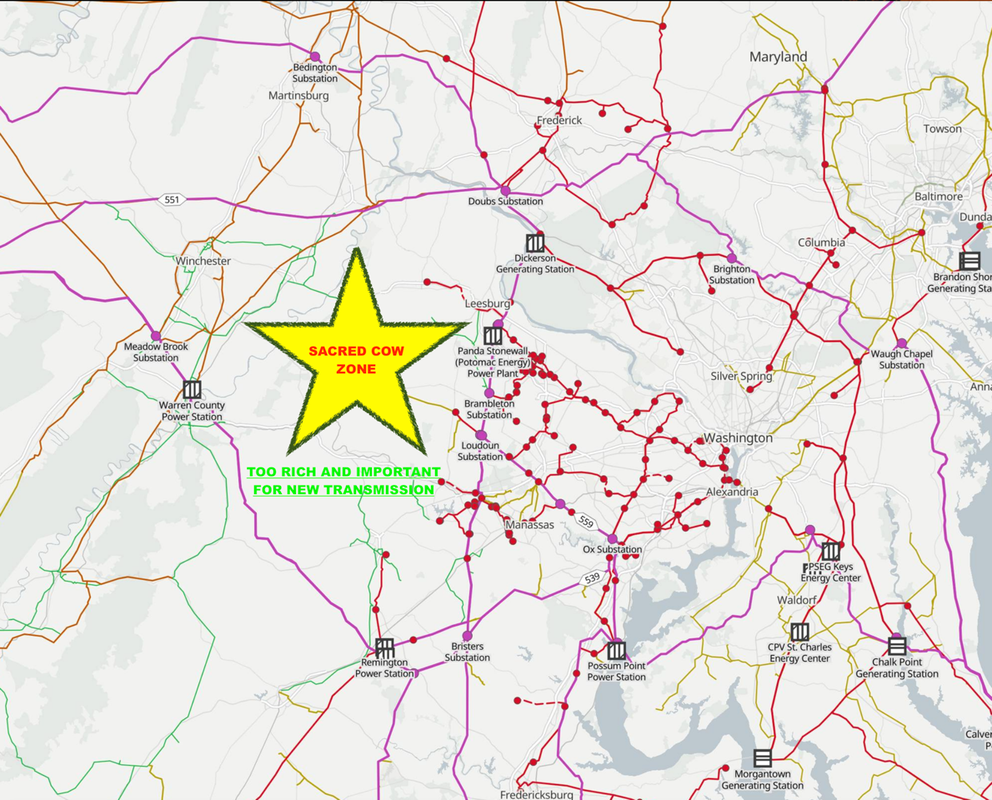
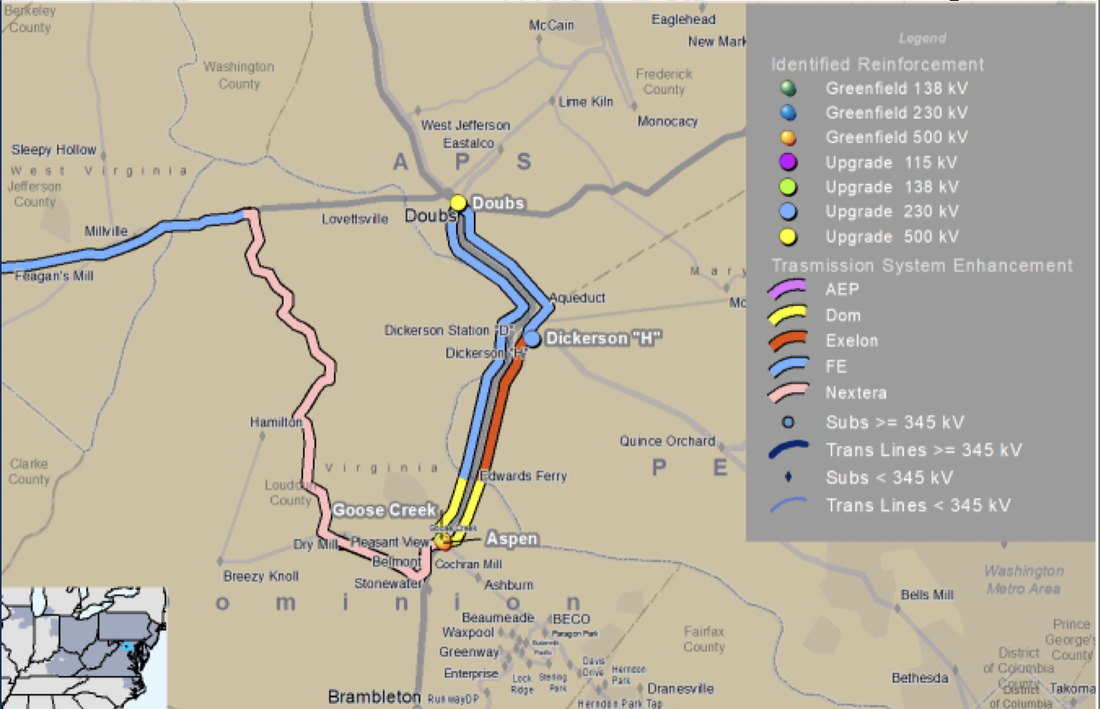
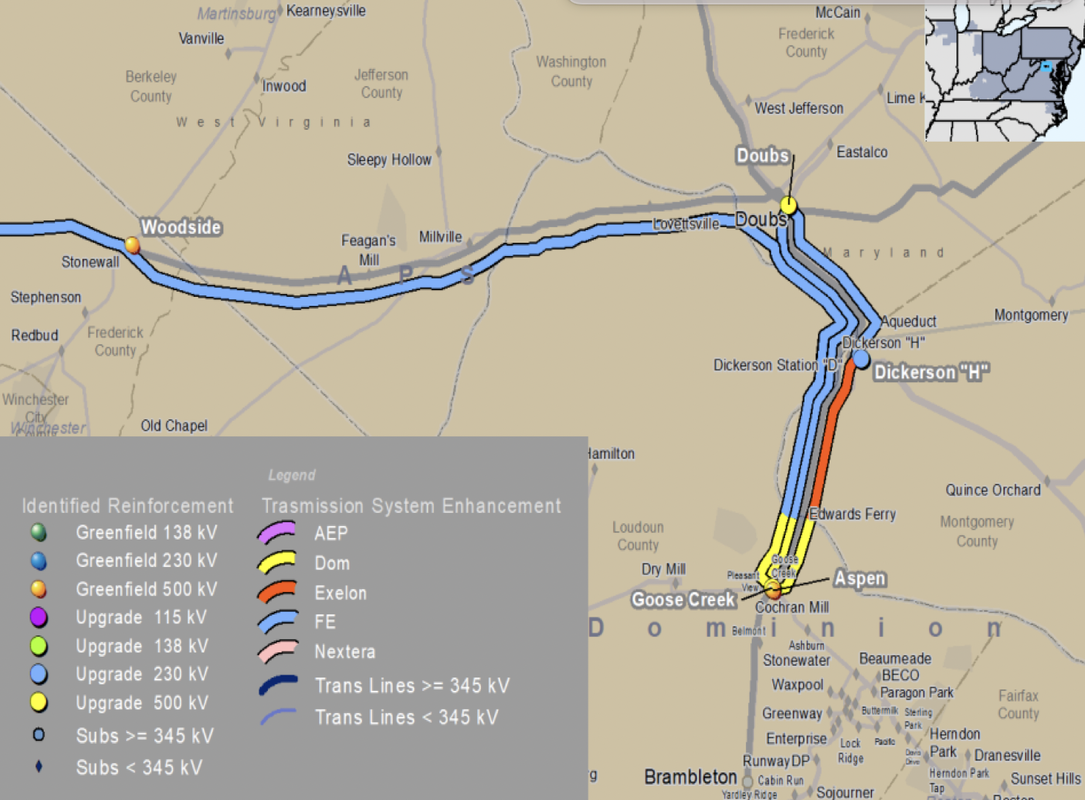

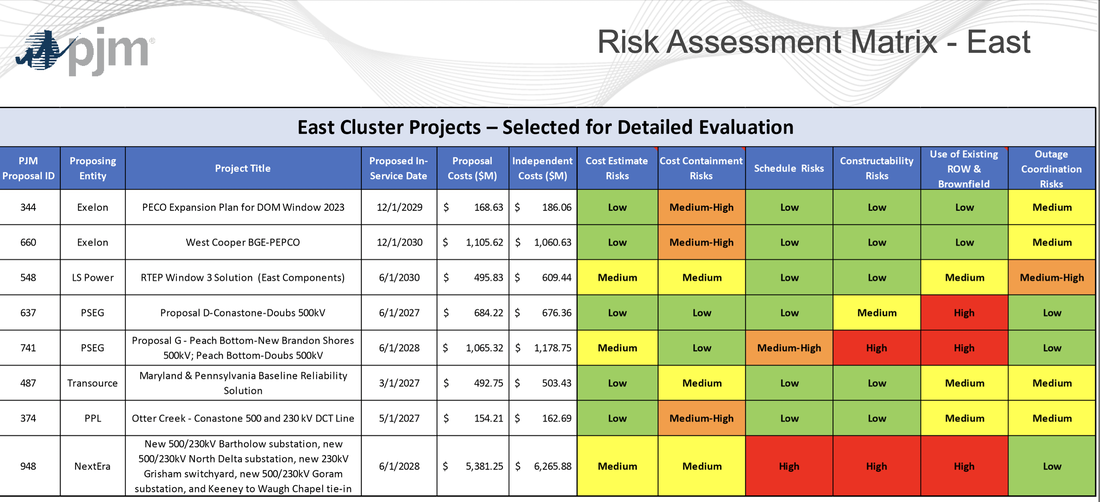
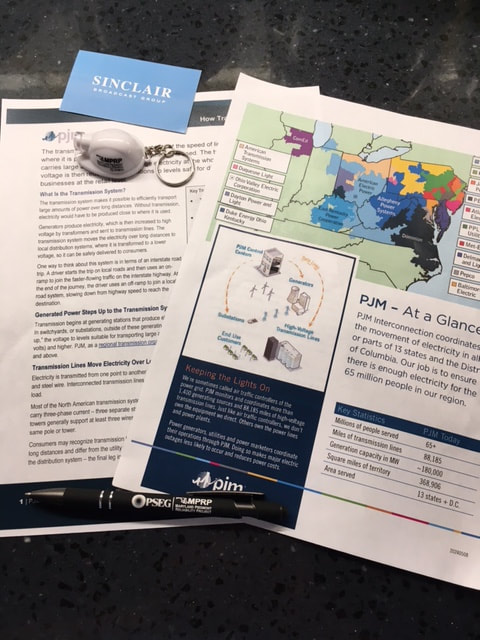

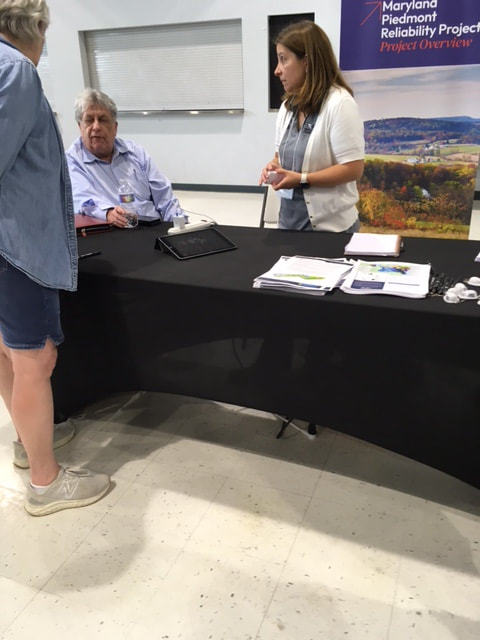

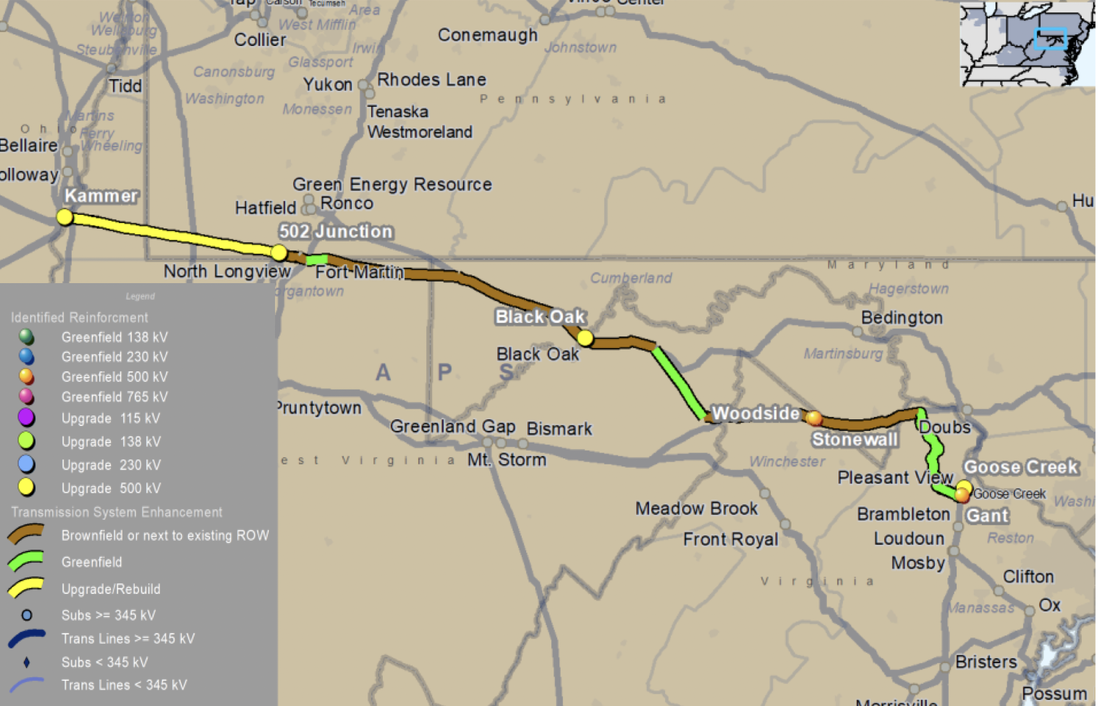
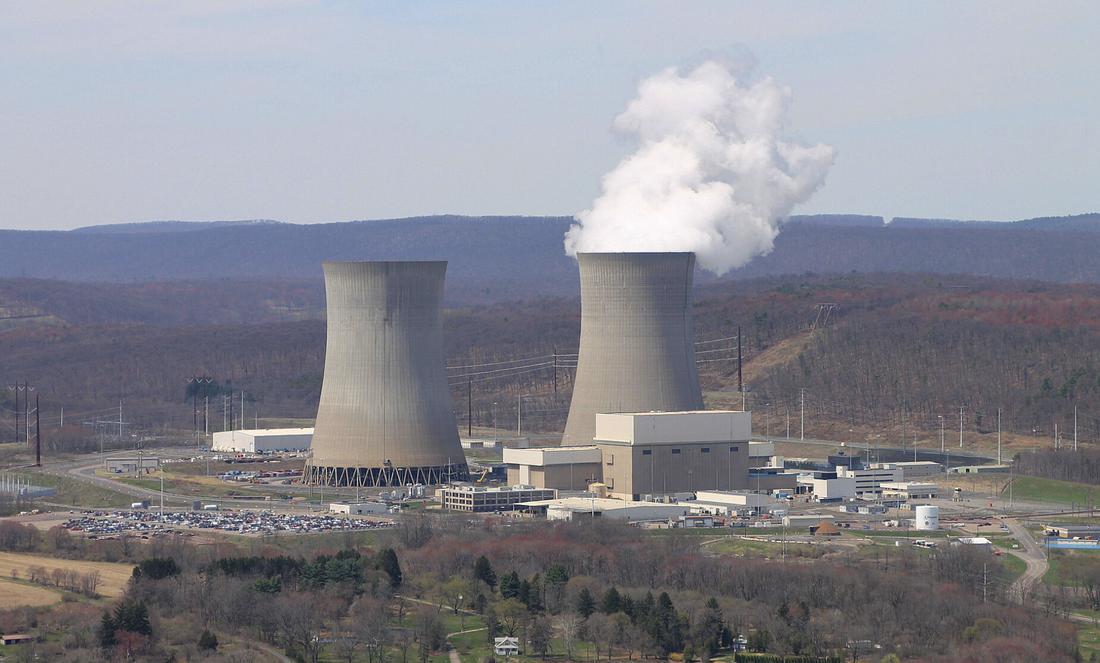
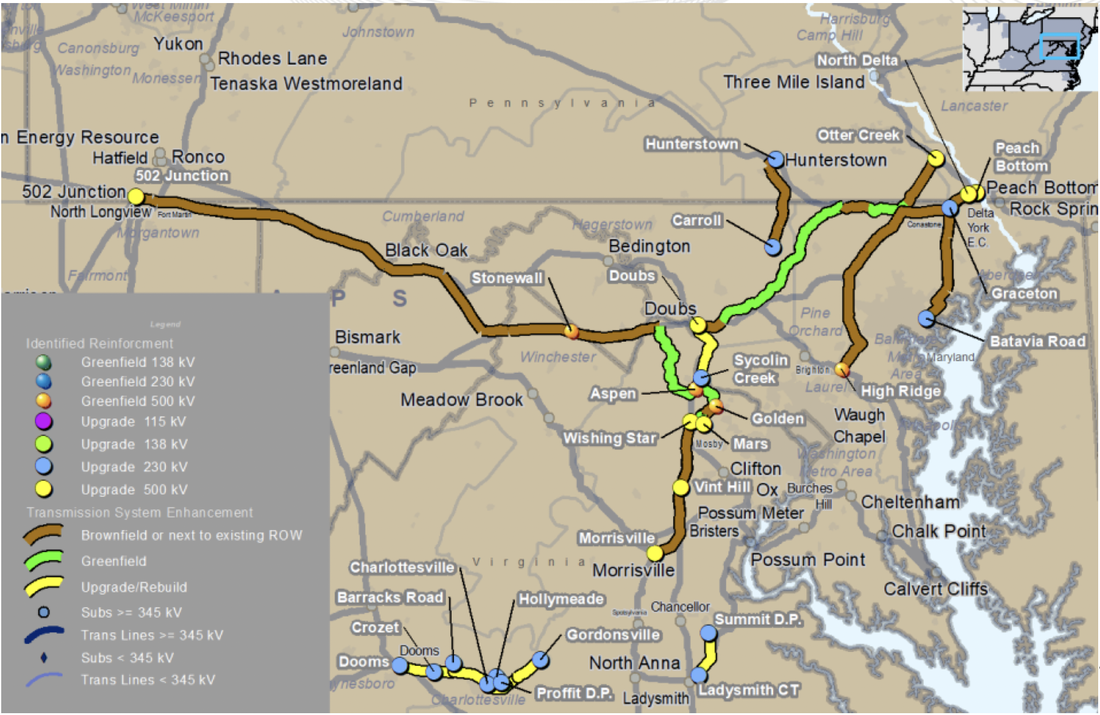
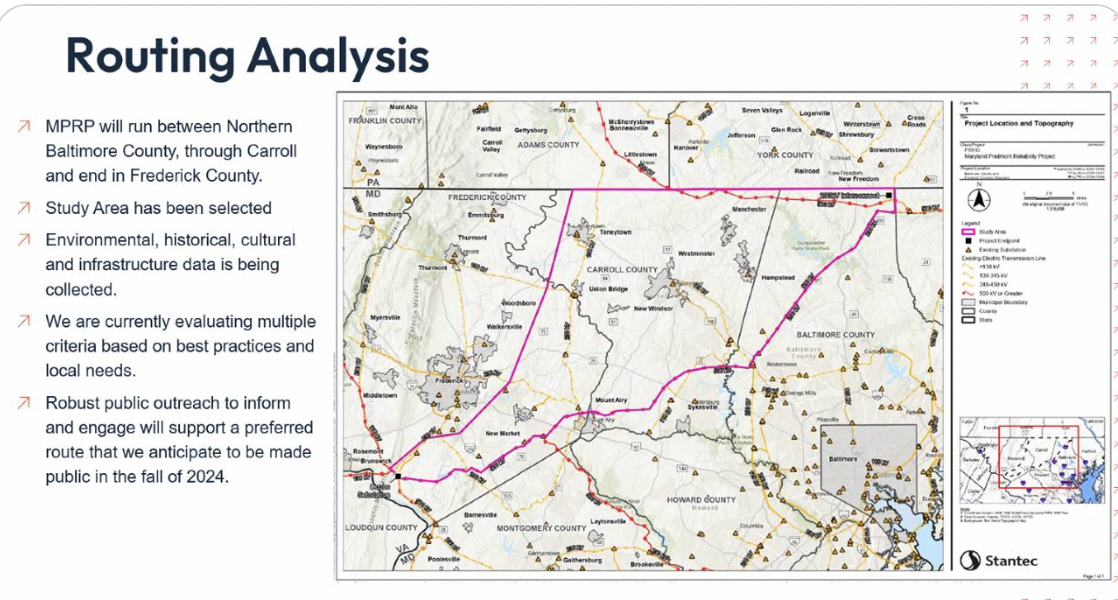
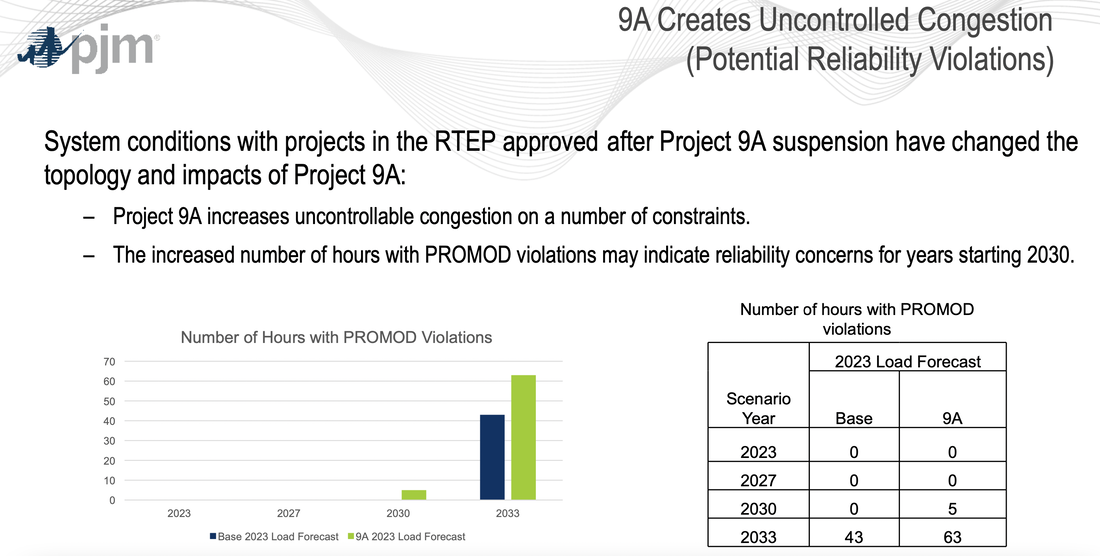
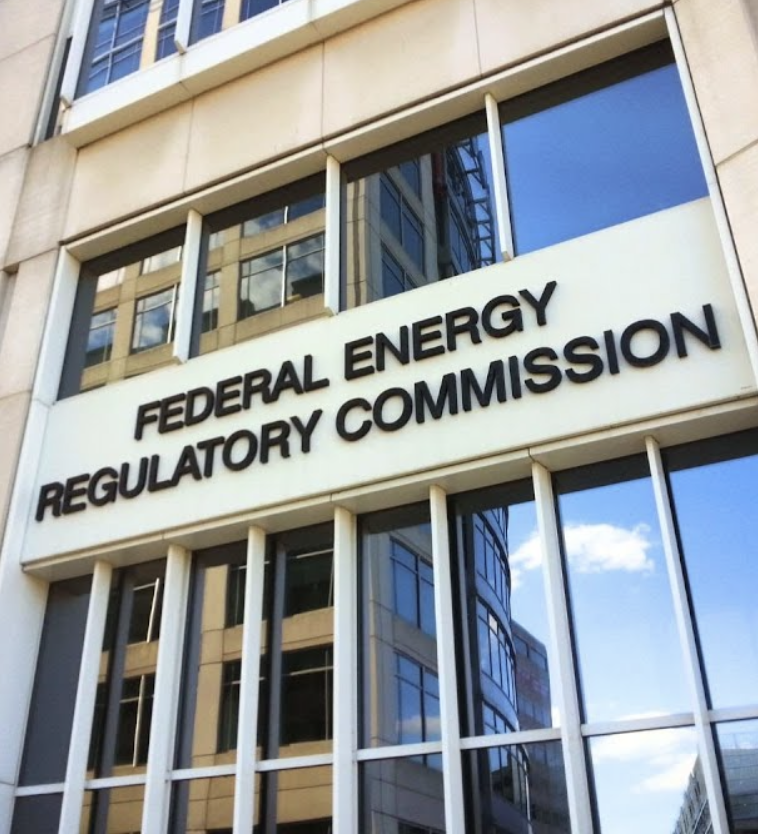
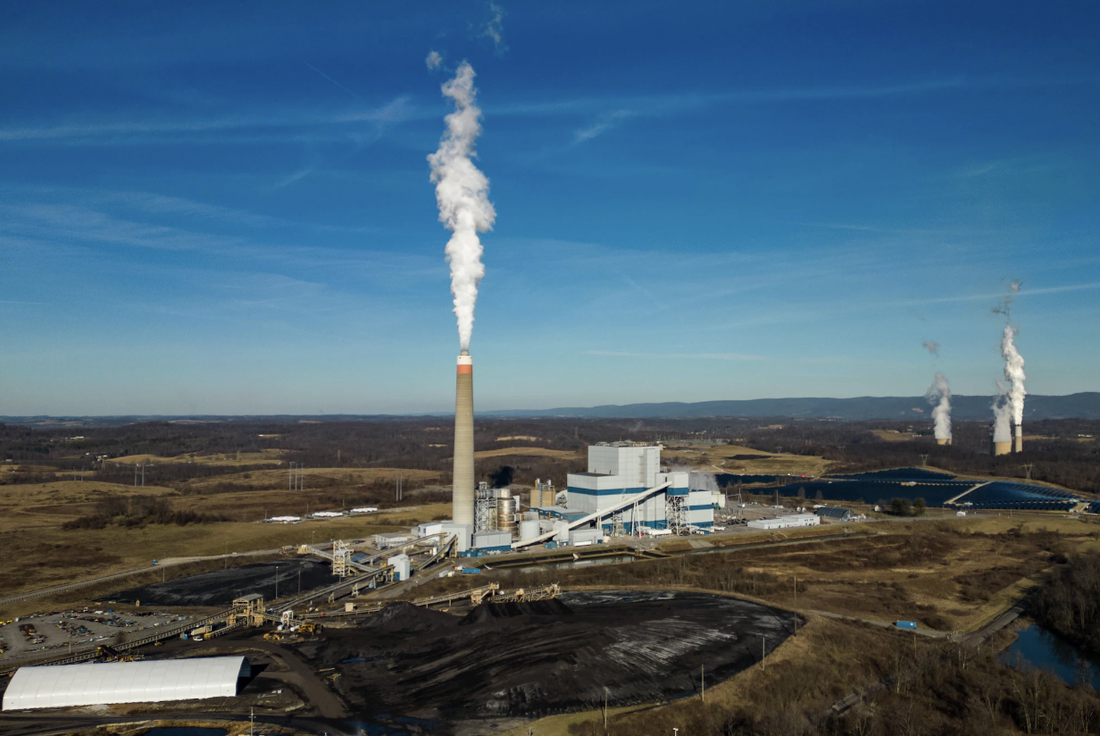
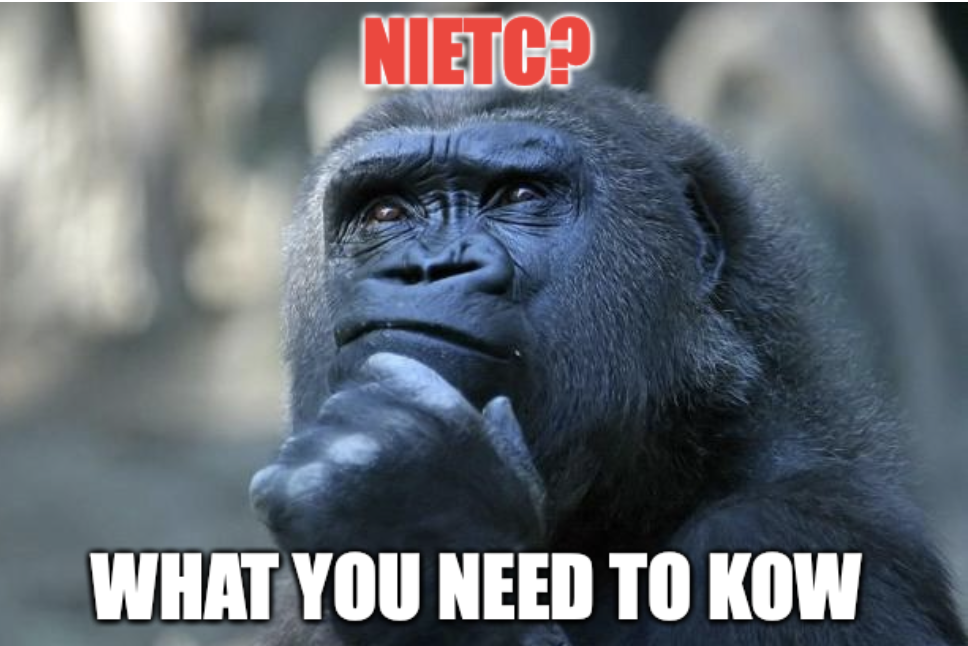
 RSS Feed
RSS Feed